NASCAR 25: iRacings första NASCAR-konsolprojekt siktar på trovärdighet på banan
NASCAR returns to mainstream console release with NASCAR 25, a project that arrives under the weight of history. The last two decades cemented a small cluster of titles as benchmarks for stock-car gaming, leaving the genre in a holding pattern while licensed annual releases filled time without threatening the old champions. NASCAR 25 steps into that lineage and carries the name of a developer whose technology and competitive infrastructure underpin modern sim racing. The result is a game with priorities that rest squarely on the fundamentals of competition rather than surface-level spectacle.
This post uses Luke Reilly’s IGN review as its primary source. His analysis sets the tone for examining an ambitious first-step entry that does not attempt gimmicks or shortcuts.
iRacing’s involvement comes with history. The studio built its simulation framework on foundational work from NASCAR Racing 2003 Season, a title still cited as a reference point among dedicated players. That lineage built expectations for machine behavior, track fidelity, and the subtleties of speed at steep banking. NASCAR 25 meets a portion of that burden by leaning into the two areas where a console release can stand apart today: AI-driven racing and laser-scanned surfaces derived from a live competitive platform.
Fans familiar with oval racing’s nuances will recognize the emphasis on lane variation, adaptive cornering approaches, and the long-run psychology that separates stock-car strategy from circuit-racing rhythm. The review notes the change in mindset required for races measured in hundreds of laps rather than quick arcade sessions. Design here favors tension and patience, not routine lap-by-lap optimization. According to Reilly, the game’s strength lies in single-player competition where each pass, block, and draft play carries consequence. He describes oval racing’s rhythm as “almost meditative,” a nod to a pace that rewards those willing to study lines and slipstreams.
The AI receives particular praise. NASCAR’s appeal on home consoles has often been weakened by erratic opponent behavior or a lack of nuance in how cars engage one another. The simulation background pays off when cars hold lines cleanly, switch lanes with judgment, and support drafting tactics without resorting to erratic collisions. As Reilly puts it, “I want to believe I’m in the mix amongst a bunch of bona fide professionals who drive accordingly. NASCAR 25’s AI gets this right.” The demand for offline depth rings through this assessment. For players uninterested in unpredictable public lobbies, the game’s focus on credible single-player racing becomes the core draw.
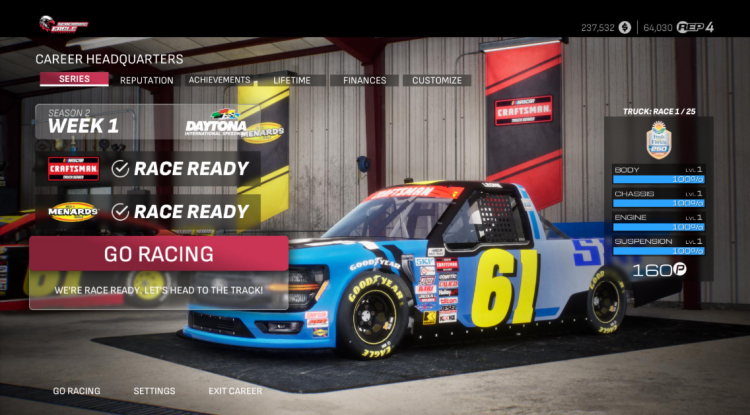
It is not flawless. Corner-cutting penalties trigger abrupt stoppages that interrupt immersion, sometimes chaining into pileups behind the player. The mechanical toolset for AI behavior is flexible, allowing sliders to adjust aggression and stability, but even tuning options cannot counteract the jarring nature of a forced halt at race speed. That penalty implementation stands out in a product that otherwise emphasizes realism.
Handling feels weighted and responsive, especially with a wheel, though early controller feedback gaps reduce tactile control. Missing rumble feedback undermines awareness of tire spin and grip loss, creating an artificial disconnect that affects high-end play. It is less noticeable on modest settings but becomes more significant when stepping up to competitive assists. These controller quirks are notable given the developer’s experience with simulation, but they underscore the friction between hardcore authenticity and broad accessibility. Console titles must communicate grip and weight through vibration, not just physics models.
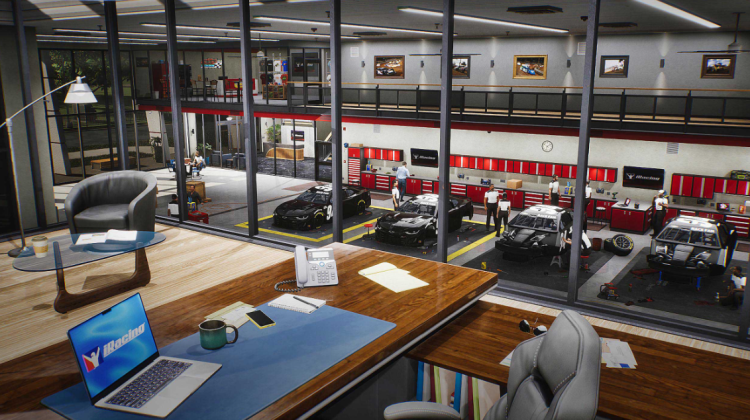
Career mode functions as a structured ladder, moving players across four series and supporting participation in multiple classes concurrently. Progression includes garage upgrades, resource management, and cosmetic personalization, yet the execution feels restrained. Driver identity remains abstract, lacking basic customization features such as home region selection. Vehicle livery options operate on presets and shapes rather than full editor flexibility. The system syncs team branding efficiently but cannot match expectations set by franchises like F1, where broadcast-style presentation and personal detail shape player identity. This mode delivers depth through competition, not through narrative or role-playing identity.
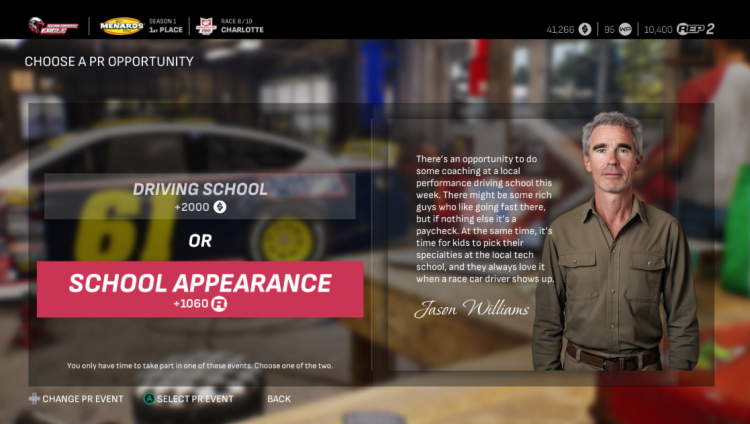
Information delivery falls short in race prep and execution. The absence of live qualifying data during hot laps forces players to exit to the garage for reference, interrupting flow during crucial moments. Spotter callouts lack polish, sometimes providing incorrect lane guidance and rarely conveying the tone or urgency typical of stock-car communication. Reilly notes the voice’s matter-of-fact pattern and lack of emotional variation, arguing that the monotone detracts from the sport’s high-stakes atmosphere. In racing that thrives on urgency, misaligned radio tone registers as a missed opportunity.
Visual presentation lands in functional territory. Tracks benefit from laser scanning, capturing irregularities in pavement and banking transitions. This strengthens handling consistency and helps differentiate circuits beyond surface appearances. Cars behave believably under load, and tactile surface variance feeds into suspension and control feel. Still, broadcast polish remains limited. This first outing prioritizes systems over flair. That choice may reflect a long-term strategy, but it leaves peripheral elements quieter than players might expect from a major motorsports release in 2025.
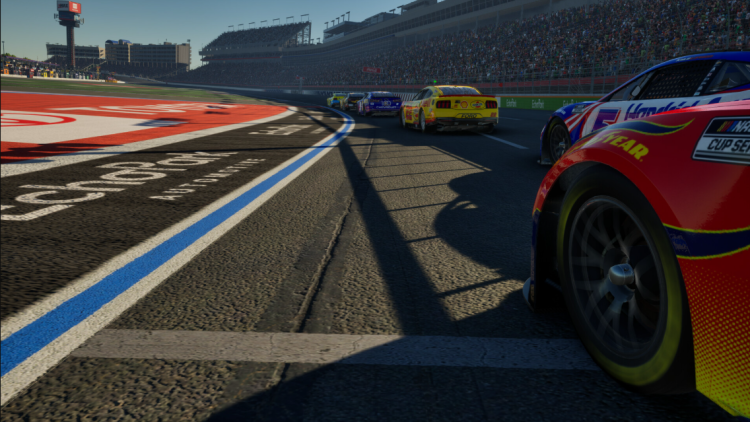
Online racing exists but does not define the package. Basic lobbies replace structured schedules, event rotations, or seasonal frameworks. Given iRacing’s legacy in competitive online play, the simplicity stands out. Stability and connection quality hold firm even in large grids, yet structure remains thin. If the goal is to court users uninterested in subscribing to the iRacing platform proper, the absence of organized online events restricts long-term appeal. As it stands, the game offers multiplayer as a feature rather than a pillar.
Beyond the technical, NASCAR 25’s most notable quality is restraint. The review emphasizes the value of a game that understands its audience: players who want the discipline and structure of stock-car racing without competitive obligations. Reilly notes a preference for controllable solo competition over unpredictable public behavior online. “I’m not here to take on the world; I just want to enjoy my time,” he writes. That sentiment captures a sizable group of racing fans who enjoy the fantasy of professional motorsport without chasing global leaderboards.
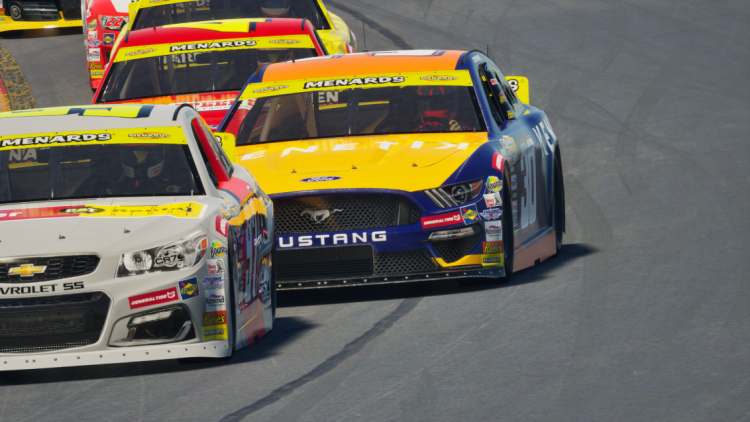
The gaps in presentation and information systems underscore the newness of this console effort. No licensed NASCAR title since the early 2000s stood as a consensus modern benchmark. The challenge for NASCAR 25 is less about dethroning legends than establishing a foothold where future annual or biannual releases can build systems, deepen personalization, and expand multiplayer structure. It seeks to restore weight to the license on modern hardware rather than replicate the whimsy or arcade influence of earlier generations.
Where the title lands today is a step toward a broader racing identity. It uses iRacing’s technical backbone selectively, applying track accuracy and AI sophistication to a console framework without carrying over subscription obligations. It draws on history not through nostalgia, but by targeting the behavior that once made stock-car simulation distinct: lane discipline, flow variation, strategic drafting, and the maturity of long-distance competition. There are purists who will request deeper telemetry, flexible penalty systems, and fuller mechanical tuning, yet the baseline supports both racing hobbyists and casual weekend drivers.
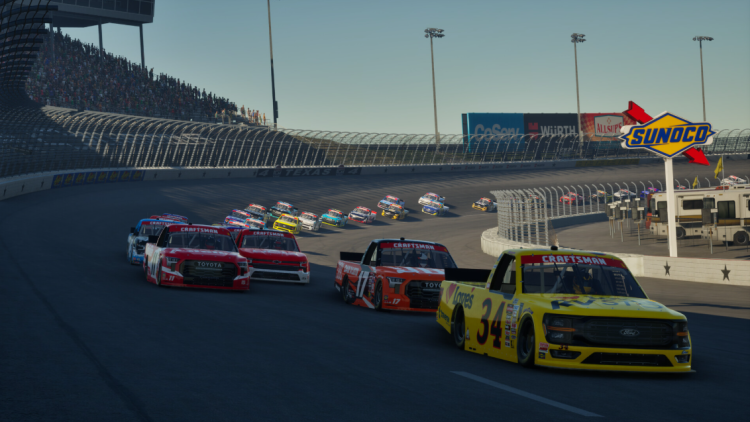
For studio and series alike, this project reflects a transition from legacy to iteration. The game does not attempt to claim lineage beside NASCAR Dirt to Daytona or Thunder 2004; it acknowledges past peaks and pursues relevance through modern physics and opponent logic. Future updates may address input feedback, spotter voice tuning, and qualifying information, and deeper livery support could add personality where the current interface feels restrained.
The reality of licensed motorsport gaming in 2025 involves meeting several tiers of expectation at once: newcomers expecting accessibility, long-term fans demanding fidelity, and a competitive scene shaped by community participation. NASCAR 25 handles that balancing act by choosing priority: authentic offline experience over spectacle and social features. That decision grants clarity even where polish is missing.
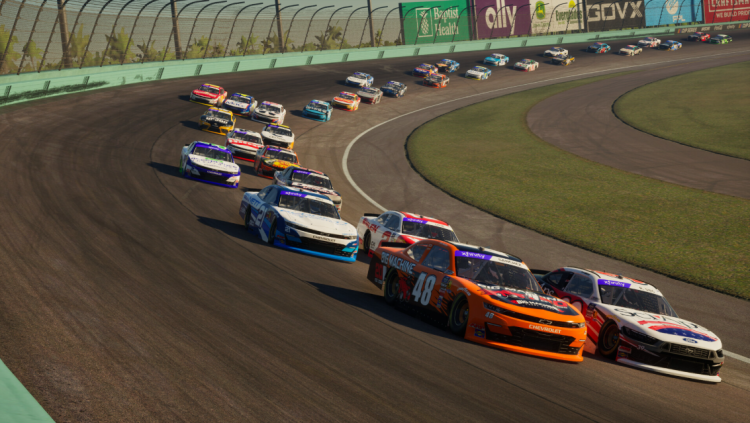
Reilly concludes that the title serves players uninterested in online intensity and committed to serious, solitary stock-car racing. His view aligns with the game’s positioning. It functions not as a one-size-fits-all NASCAR product, but as a foundation for a simulation-minded series that values clean racing lines and AI credibility over seasonal online promotions.
The long-term arc remains unwritten. For now, NASCAR 25 arrives as a credible, offline-focused attempt to restore depth to officially licensed NASCAR games, powered by a respected simulation engine and shaped by an understanding that the quiet tension of side-by-side speed can outweigh cosmetic flair.
NASCAR 25 is set to release on November 11 on Steam.
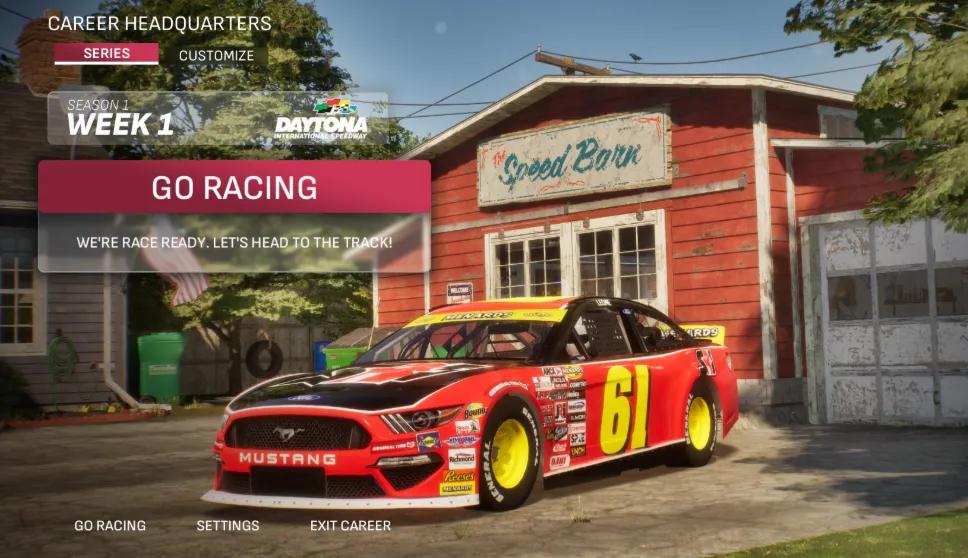

Kommentarer